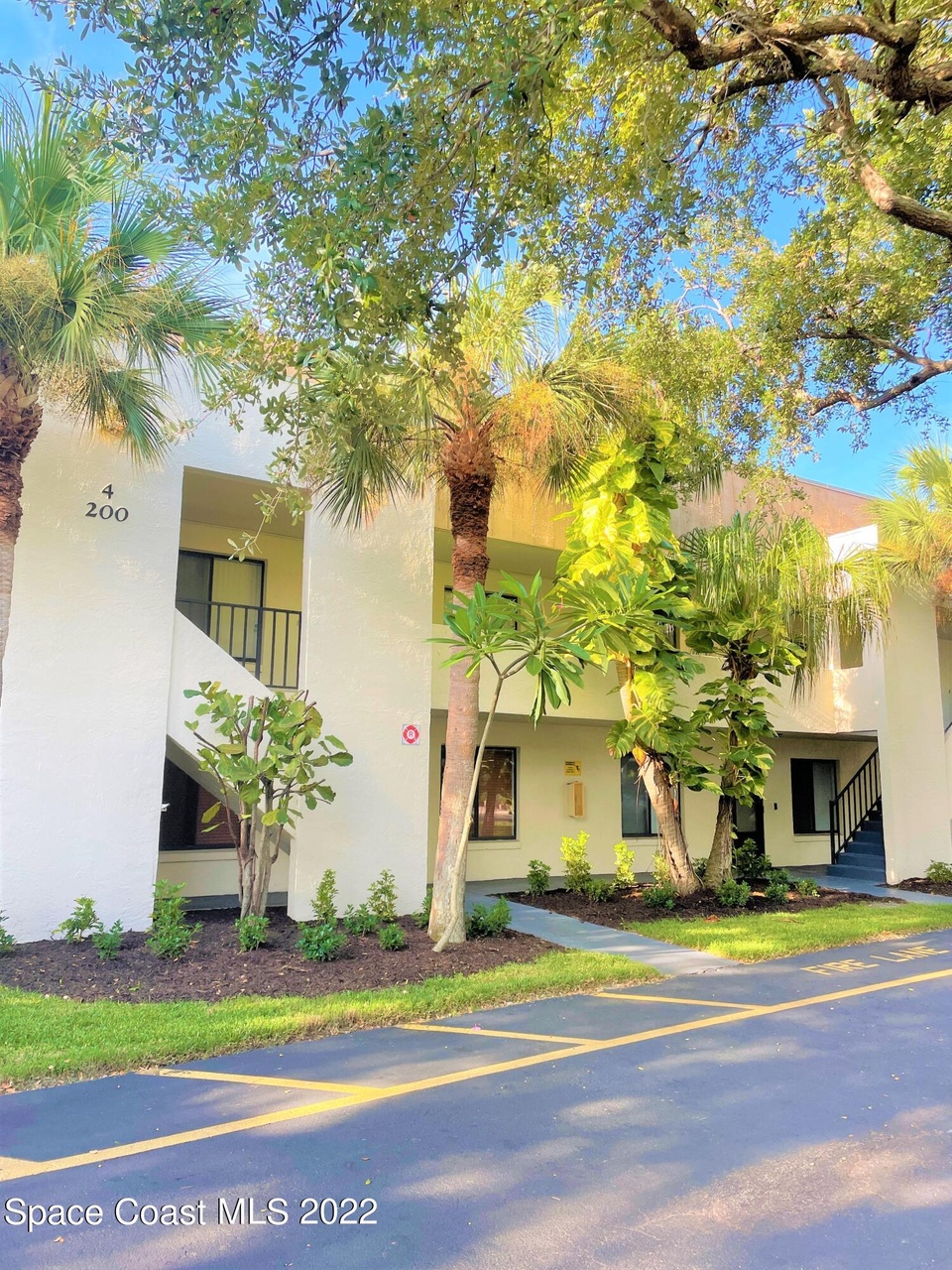

From 1605 to 1606, the Spanish Governor of Florida Pedro de Ibarra sent Alvaro Mexia on a diplomatic mission to the Ais Indian nation. In December 1571, Pedro Menéndez was wrecked off the Coast of Cape Canaveral and encountered the Ais Indians.


Other histories tell of French survivors from Jean Ribault's colony at Fort Caroline, whose ship the Trinité wrecked on the shores of Cape Canaveral in 1565, and built a fort from its timbers. A Presbyterian missionary was wrecked here and lived among the Indians. Įnglish privateer John Hawkins and his journalist John Sparke gave an account of their landing at Cape Canaveral in the 16th century. By at least 1564, the name appeared on maps. An early alternative name was "Cape of Currents". A point of land jutting out into an area of the Atlantic Ocean with swift currents, it became a landing spot for many shipwrecked sailors. The first application of the name, according to the Smithsonian Institution, was from the 1521–1525 explorations of Spanish explorer Francisco Gordillo. The name "Canaveral" ( cañaveral in Spanish, meaning ' reed bed' or ' sugarcane plantation') is the third oldest surviving European place name in the United States. It was named by Spanish explorers in the first half of the 16th century as Cabo Cañaveral. In the early 16th century, Cape Canaveral was noted on maps, although without being named. The Surruque were allied with the Ais, but it is not clear whether the Surruque spoke a Timucua language, or a language related to the Ais language. ĭuring the first Spanish colonial period the area around the Indian River, to the south of Cape Canaveral, was occupied by the Ais people, while the area around the Mosquito Lagoon, to the north of the Cape, was occupied by the Surruque people. Johns culture, with influences from the Belle Glade culture to the south. The area around the Indian River was in the Indian River variant of the St. Johns culture, from 500 BC until after European contact. The Orange culture was followed by the St. Late in the Archaic period, from 2000 BC to 500 BC, the Mount Taylor culture was succeeded by the Orange culture, which was among the earliest cultures in North America to produce pottery. ĭuring the middle Archaic period, from 5000 BC to 2000 BC, the Mount Taylor period culture region covered northeast Florida, including the area around Cape Canaveral. Humans have occupied the area for at least 12,000 years. A section of a map from the 1584 edition of Abraham Ortelius's Theatrum Orbis Terrarum, Additamentum III showing the name C.


 0 kommentar(er)
0 kommentar(er)
